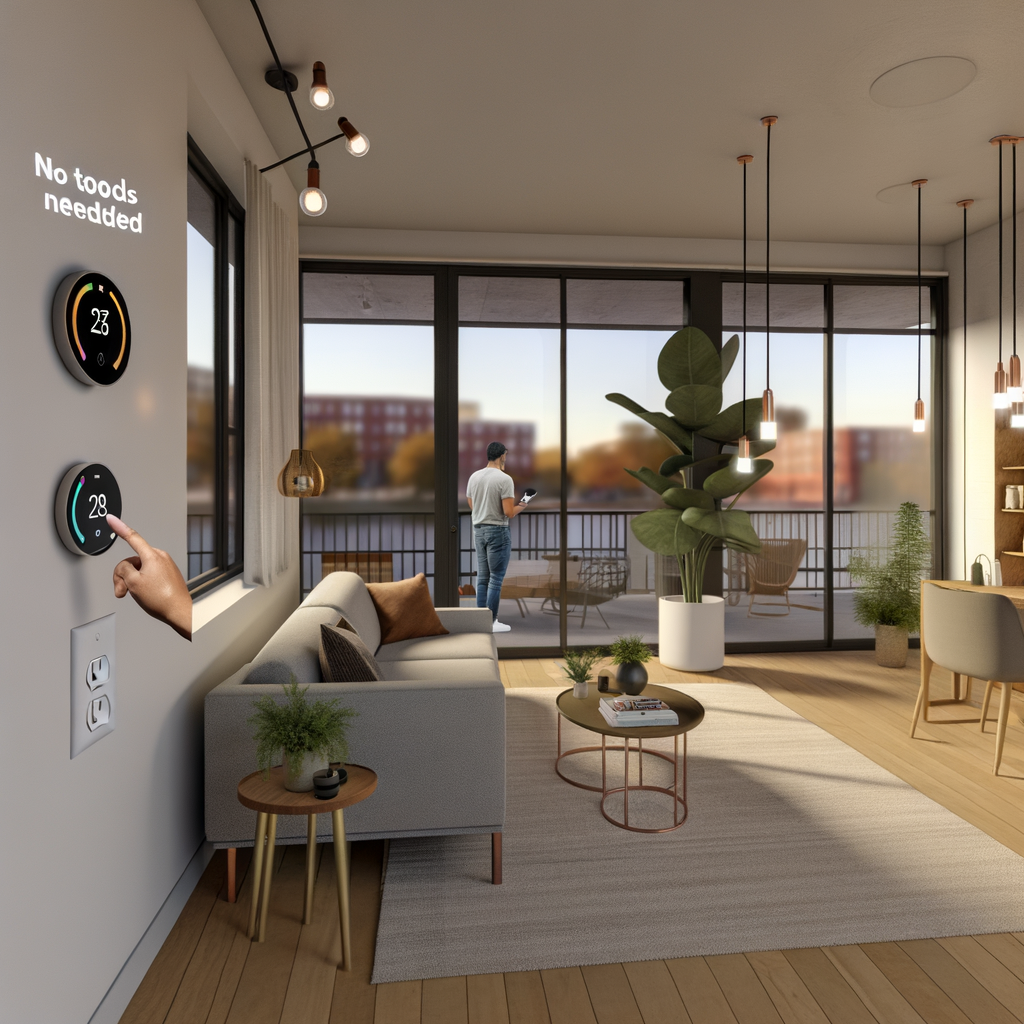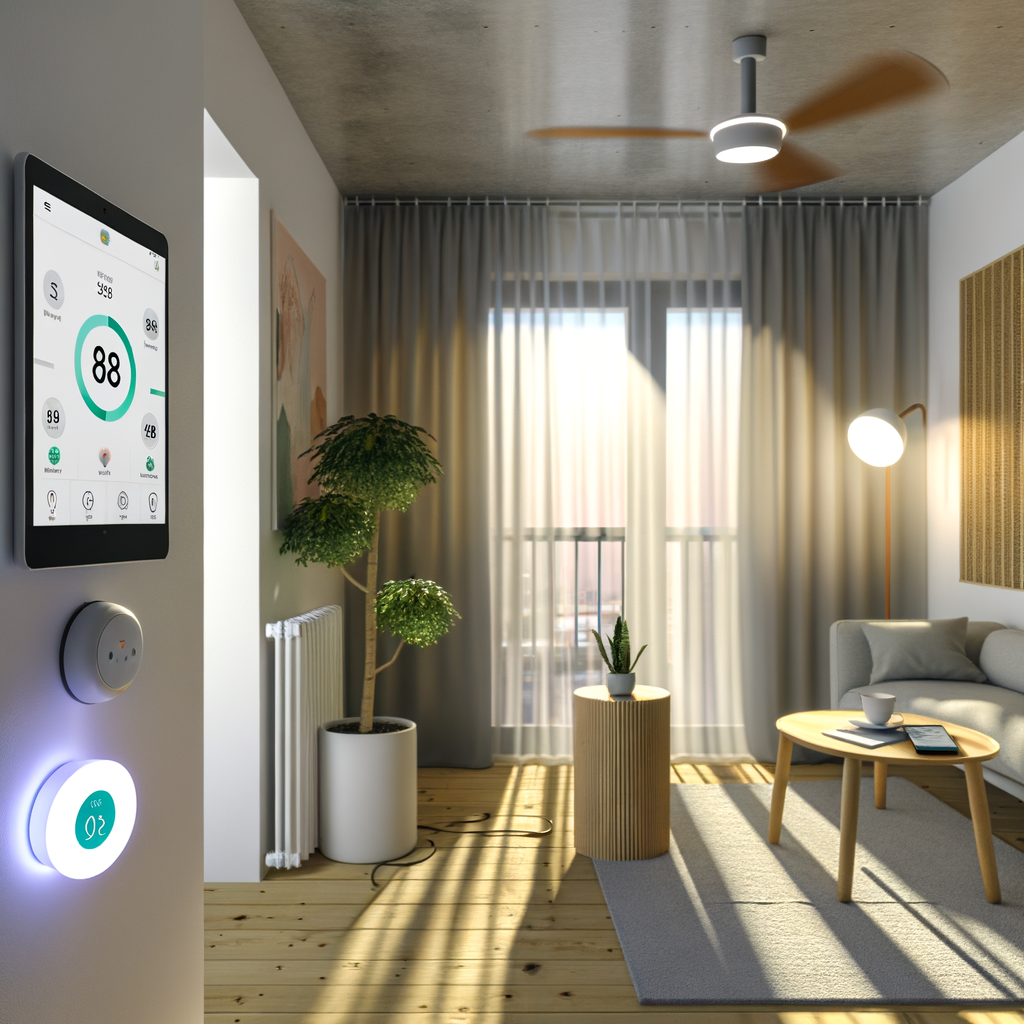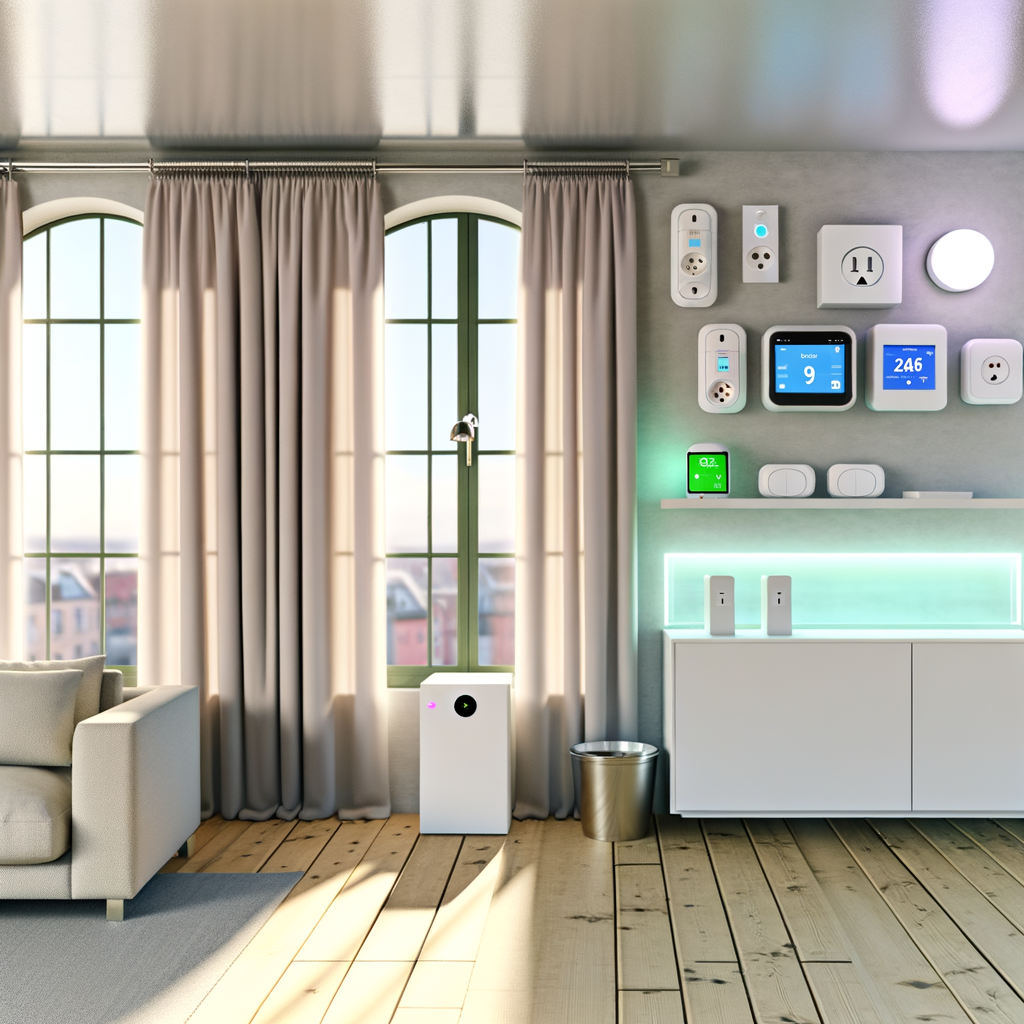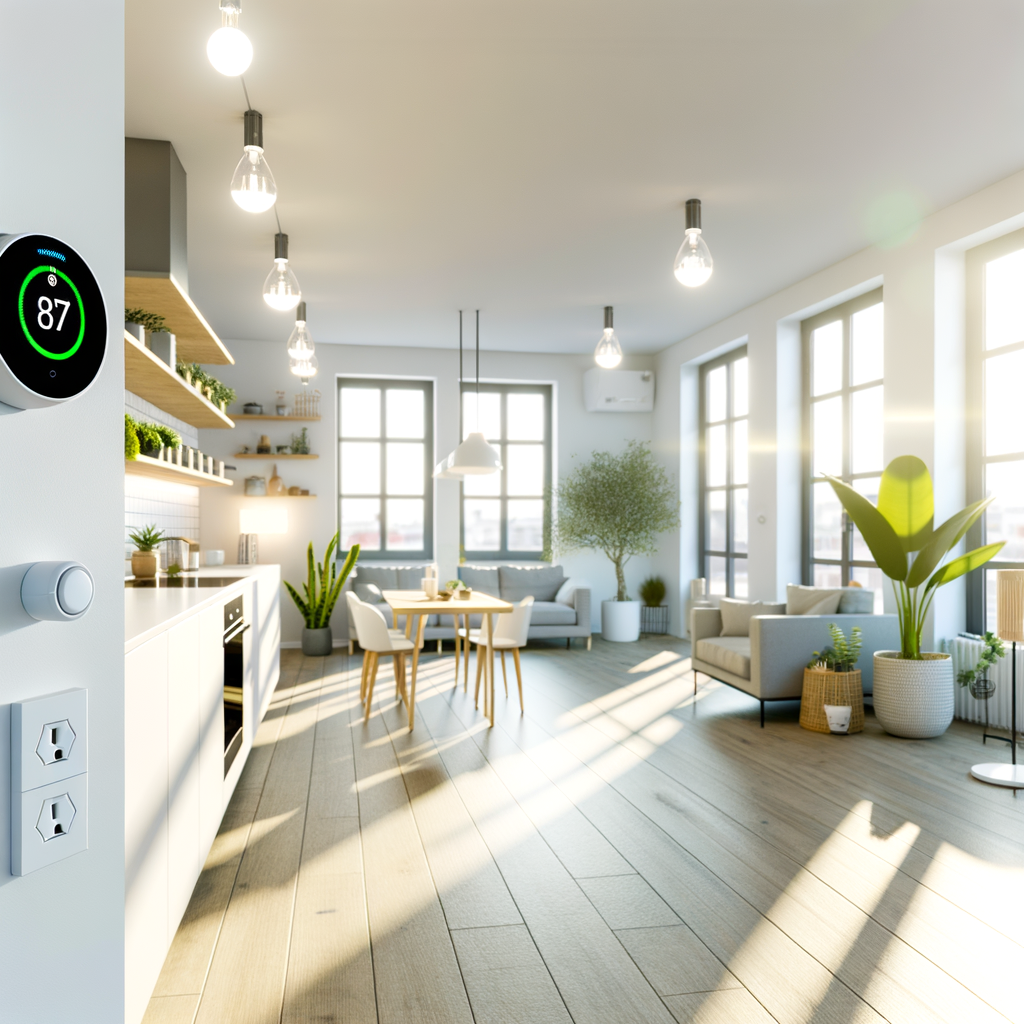Myth-Busting Smart Homes: 7 Common Misconceptions Renters Have About Energy-Saving Tech
Smart home technology promises lower energy bills, greater comfort, and more control—no matter what kind of space you live in. But for renters, common myths often prevent them from jumping into the energy-efficient revolution. Many renters fear that smart devices are off-limits or simply not worth it in a non-owned home. Let’s break down the biggest misconceptions surrounding smart home energy-saving tech for renters and show you the practical, actionable truth.
Myth 1: “Smart Home Tech Is Only for Homeowners”
Why Renters Believe This
Many renters assume smart tech installations require invasive wiring, drilling, or landlord approval—processes more suited for homeowners planning to stay put. The concern: “Why invest in something I’ll have to leave behind?”
The Reality
Most modern smart home devices are designed with renters in mind:
- Non-invasive installation: Products like smart plugs, battery-powered sensors, and Wi-Fi thermostats often require zero wiring or permanent changes.
- Easy removal: The vast majority of devices can move with you—simply unplug and go.
- No landlord approval needed: For devices that don’t alter structure or wiring, you usually don’t require permission. Always double-check your lease or ask before installing anything that mounts or hardwires.
Actionable Tips
- Look for “plug-and-play” or adhesive-mounted smart devices.
- Keep original packaging for easy transportation when you move.
- Opt for smart bulbs, switches, plugs, and energy monitors that work via Wi-Fi or Bluetooth without modification to the apartment’s electrical system.
Myth 2: “Smart Tech Is Too Expensive for Renters”
Why Renters Believe This
Smart home gadgets seem high-tech and pricey, leading to the belief that any energy savings won’t outweigh up-front costs. This is especially true for those trying to reduce spending in short-term rental situations.
The Reality
- Entry-level smart products are more affordable than ever. A pack of Wi-Fi smart plugs, energy-efficient bulbs, or even a basic smart thermostat is often under $50.
- Potential for real savings: Smart plugs, bulbs, and thermostats can easily shave 10–20% off your monthly energy bill. Savings add up quickly, even in a single year of renting.
- Bundled kits and sales: Watch for regular deals on smart starter kits that lower the per-device cost.
Actionable Tips
- Start with inexpensive, high-impact items like smart plugs (control lamps and electronics remotely) and smart bulbs (schedule lighting for maximum efficiency).
- Calculate your typical monthly energy costs. Even small percentage savings can pay back the device cost within months.
- Look for ENERGY STAR certified smart devices—they save even more energy by default.
Myth 3: “Smart Home Devices Are Hard to Set Up”
Why Renters Believe This
Technology can be intimidating. The idea of connecting to Wi-Fi, syncing devices, and managing mobile apps may sound overwhelming, especially for non-tech-savvy renters.
The Reality
Most smart devices now offer:
- App-guided setup: Download an app, scan a QR code, and follow simple on-screen steps.
- Plug-and-play functionality: If you can plug in a lamp, you can install a smart plug or bulb.
- No tools or special knowledge required: Most entry-level devices are made for absolute beginners.
Actionable Tips
- Check for installation videos from the manufacturer before buying.
- Choose devices with good app reviews and clear instructions.
- Contact customer support or consult online forums if you run into trouble—most issues are easy to troubleshoot.
Myth 4: “Smart Tech Doesn’t Make a Big Difference for Renters”
Why Renters Believe This
Some renters wonder if smart tech can really move the needle in their specific living situation, especially in older buildings or units where they can’t make structural upgrades.
The Reality
Energy-saving benefits from smart devices are substantial, even for renters in older apartments:
- Smart thermostats can reduce heating/cooling costs by 10% or more. Many compatible options don’t require hardwiring and work via battery or existing wiring.
- Smart plugs and switches eliminate “vampire loads” from devices left on standby, saving both energy and money.
- Smart lighting cuts down on wasted electricity by scheduling or automating lights—perfect for shared or frequently-used spaces.
- Energy monitors help you spot high-usage appliances and adjust habits.
Actionable Tips
- Install smart plugs on TVs, game consoles, and window AC units—these are common energy hogs.
- Program smart bulbs to turn off when you’re away or asleep.
- Place a portable energy monitor on your refrigerator or entertainment center to check for wasted energy.
Myth 5: “I’ll Have Trouble with Wi-Fi or Internet Connections”
Why Renters Believe This
Spotty Wi-Fi is a real issue in many apartments. Renters may worry that devices won’t connect reliably or will require complex router settings they can’t administer.
The Reality
- Most smart devices only need Wi-Fi once for initial setup or occasionally for remote access.
- Bluetooth and Zigbee options exist: Some devices rely on local connections for increased reliability even in weak Wi-Fi zones.
- Plug-in Wi-Fi extenders or mesh systems can help in larger or older buildings.
- Renters rarely need to adjust advanced network settings. Most smart tech is designed to work with standard home Wi-Fi.
Actionable Tips
- Place Wi-Fi smart devices within 30-50 feet of your main router for best results.
- Try Bluetooth-only or Zigbee smart plugs/bulbs if you have poor Wi-Fi—these don’t depend on the internet for local control.
- Consider a cheap plug-in Wi-Fi extender if you notice connection drops in a particular room.
Myth 6: “Smart Home Tech Isn’t Secure or Private”
Why Renters Believe This
Stories about hacked cameras and eavesdropping smart devices make some renters concerned about privacy and security. If you aren’t the one setting up the building’s network, it feels like you’re exposed.
The Reality
- Reputable brands prioritize security: Most trusted smart devices use encrypted connections and regular firmware updates.
- Many energy-smart products don’t use microphones or cameras. Thermostats, plugs, and bulbs typically have zero audio or video features.
- Privacy controls built in: In-app settings let you control what data devices share and with whom.
Actionable Tips
- Buy from known brands with a history of security updates (look for names like Kasa, TP-Link, Philips Hue, Wyze, and Ecobee).
- Change default passwords immediately and use two-factor authentication if available.
- Check privacy settings in the app and disable features you don’t need.
- If you’re especially security-conscious, stick to energy products without microphones or cameras.
Myth 7: “Smart Home Products Are Hard to Take When You Move”
Why Renters Believe This
Many renters see smart tech as a permanent upgrade—or, worse, as something that “belongs to the landlord” after installation.
The Reality
Most devices are:




